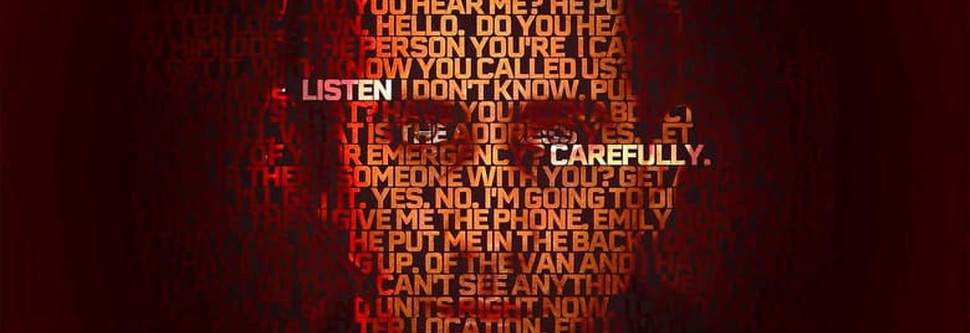
No compromise on T-stop with fast, large format Hawk65 lenses
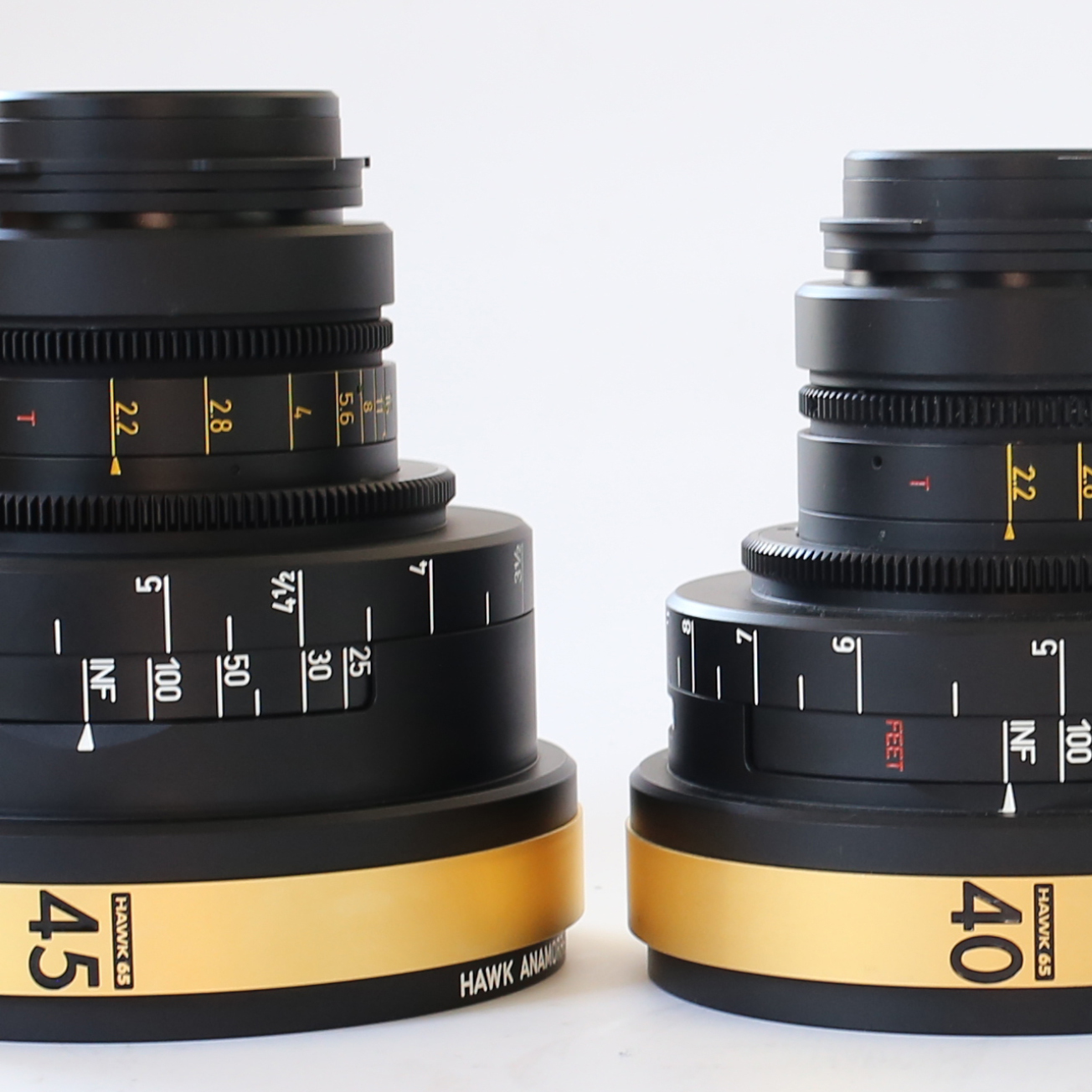

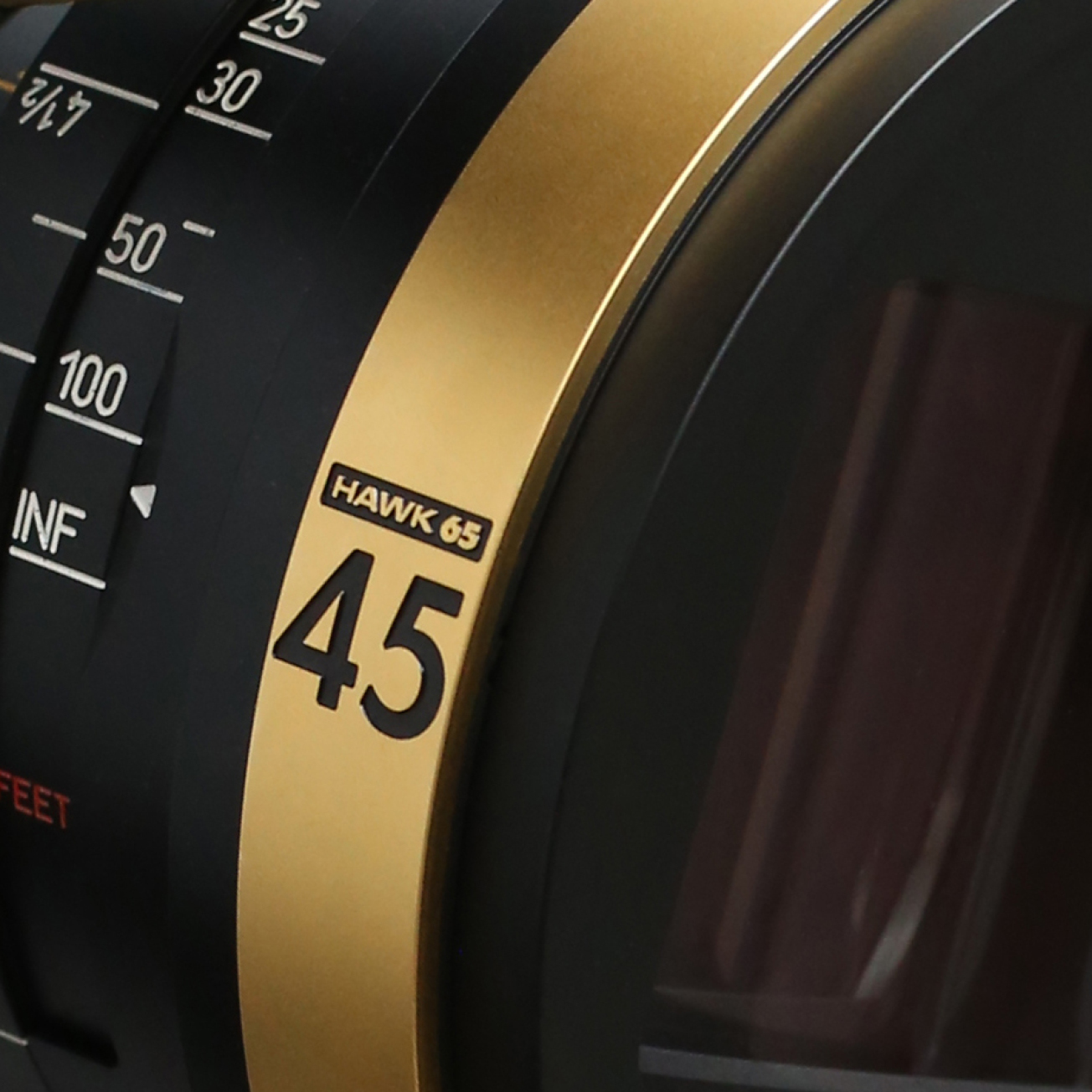
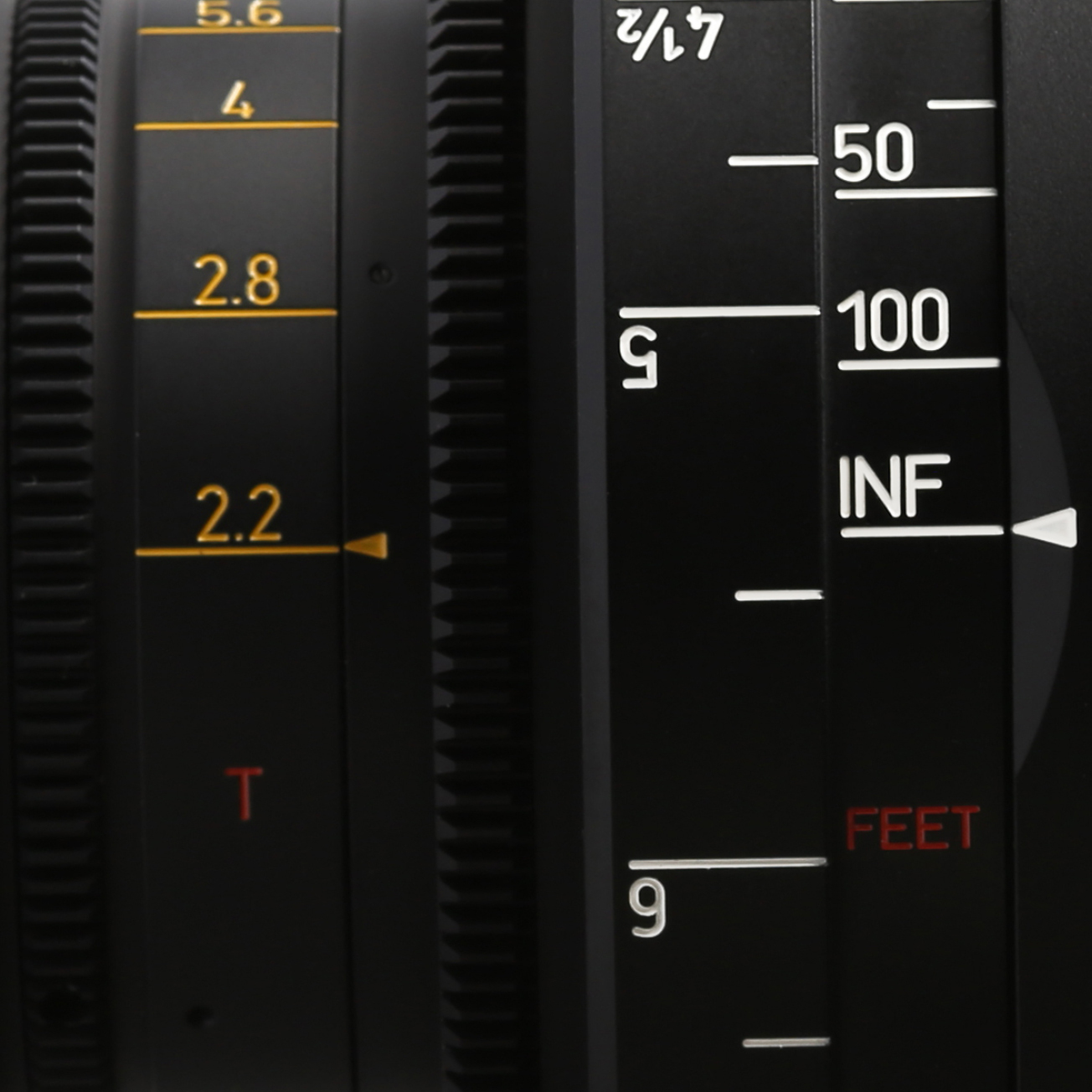
The Guilty is an extraordinary project in numerous ways, not least because it was shot without the director’s presence on the set. Due to Covid precautions, director-producer Antoine Fuqua (What’s My Name: Muhammed Ali, The Magnificent Seven, The Equalizer) withdrew to a near-set van packed with monitors and communications gear.
Luckily, Fuqua and director of photography Maz Makhani had made good use of an extended preproduction period. Also in their favor was the fact that almost the entire film takes place in a single setting – a 911 call center, built from scratch with Makhani’s input by production designer Peter Wenham. Working against them was an extremely compressed, 11-day shooting schedule.
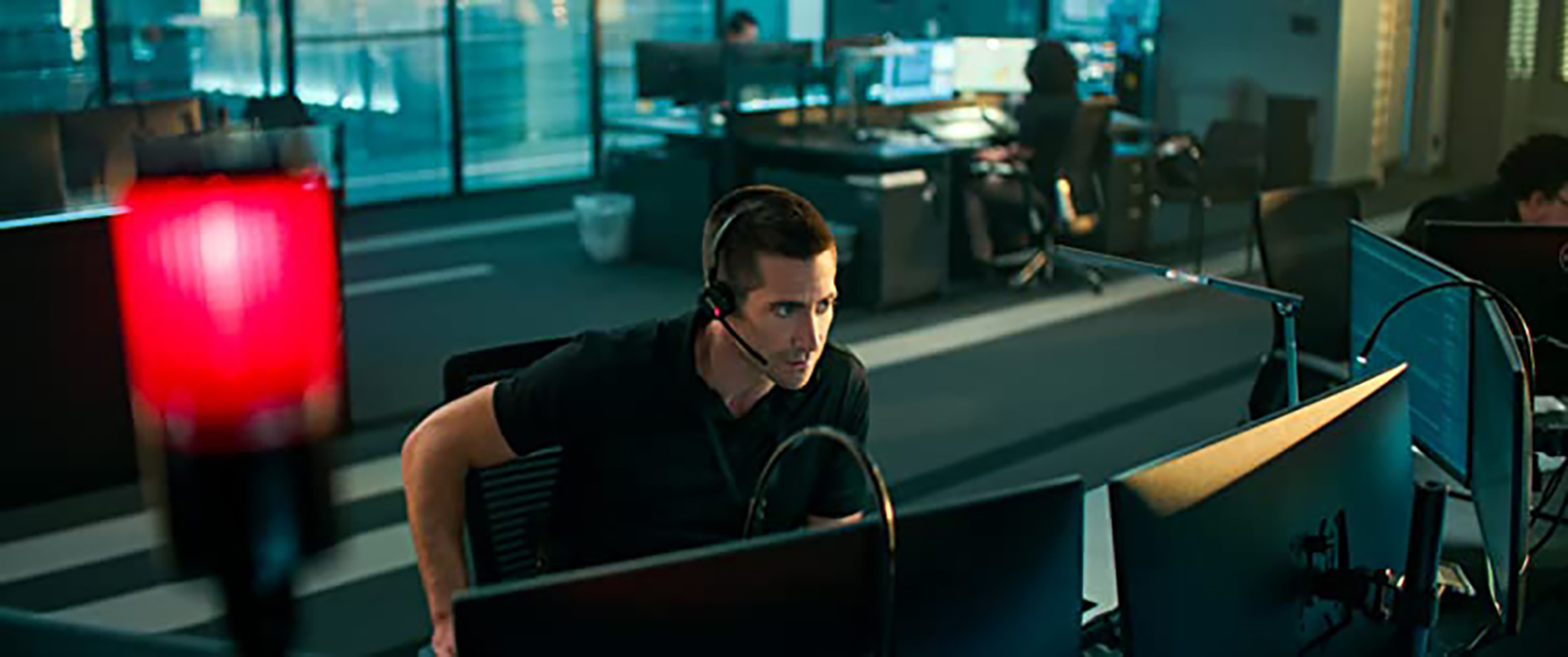
Lighting was mostly motivated by screens surrounding lead actor Jake Gyllenhaal, often depicting LA wildfires and lending a warmth that contrasted with the cooler tones of the set’s practical lighting. Reflections played a key role as well. Regarding the visual approach, Makhani says, “My goal was to make the images as real and raw as possible. At the same time, I always feel the need to maintain some beauty and hype-reality. That’s just part of how I see things.”
 Cinematographer Maz Makhani on set
Cinematographer Maz Makhani on set
Given the single setting and a story that unfolds over the course of one night, Makhani knew that lens choice would help him create arresting and dramatically enhanced visuals that communicate emotional tension. He had been introduced the Hawk lenses through cinematographers Jonathan Sela and Oliver Wood.
“When I did a music video on Hawk anamorphic, I fell in love with them,” he says. “When Antoine and I started talking about The Guilty, he mentioned the possibility of shooting on film, but there’s something about a movie that is shot digitally with the right lenses. There’s a feeling of presence you get, a sense of urgency, as though the movie is happening in real time. Film is sort of timeless, and beautiful because of that, but this project needed immediacy.”


Practical considerations also had to be weighed. “We wanted to do long takes, which can be limited on film,” says Makhani. “With the ability to push to 2000 ASA combined with the speed of the Hawks, I was able to light him at the table from the ambience in the space, which also saved time and budget. I didn’t want to bring in film lights.”
Makhani chose to go with the ARRI Alexa LF, which satisfied Netflix’s 4K requirement. The lenses were Hawk65 1.3x large format anamorphics, designed with larger digital sensors in mind. The 1.3x squeeze combined with the LF sensor delivers a 2.35:1 widescreen aspect ratio, along with the depth of field and other characteristics cinematographers love about large format.
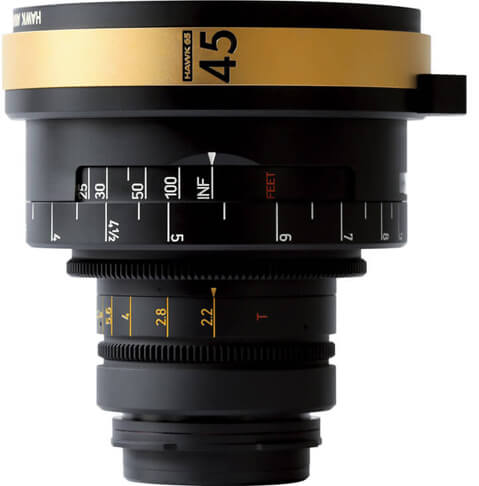 “It was something I had in my mind,” says Makhani. “I didn’t want a vintage look, but I didn’t want it to be too sharp, either. That’s why anamorphic worked.”
“It was something I had in my mind,” says Makhani. “I didn’t want a vintage look, but I didn’t want it to be too sharp, either. That’s why anamorphic worked.”
Hawk65 primes were usually on two of the three cameras. First AC Wili Estrada says that Makhani loves shooting wide and close. On The Guilty, the camera seems to move closer as the drama heightens.
“On top of striving to be close, we wanted to cover the full point and use the large format,” says Makhani. “With some lenses, you cannot come closer. With 65, it’s bigger and you often have a longer focal length on. I felt I could only achieve that visceral, tense feeling with close-focus lenses. The Hawk65s were perfect for this film in that regard, and in others – they don’t flare too much, have nice contrast and have a beautiful quality.
“With the Hawks, we could usually maintain the same stop regardless of the lens – usually 2.2”, he says. “If your lens requires a different stop, you tend to lose what you gain with large format – the look is the same as if you’d used 35mm, and lacks that super-compressed image. So the speed of the Hawk65s was also a very important factor – we didn’t have to sacrifice the stop. When we got extremely close in, we did use Hawk diopters, which are very well designed and really helped us move quickly. We used them more toward the end of the film, when we’re in ultra-tight close-ups.
The filmmakers also made good use of a Hawk 150‑450mm large format zoom.

“Some of my favorite shots are on that zoom lens,” says Makhani. “I could shoot from across the room and still get a close-up on Jake. This lens is absolutely insane. It is so beautiful, and the fact that it is 2.8 is even more incredible. This spherical zoom matched absolutely perfectly with the anamorphic 1.3 squeeze lenses. We didn’t even touch when it came to color correction. You completely lose yourself in the film, and you forget. It looks incredible.”
The Guilty premiered at the 2021 Toronto International Film Festival in September. After a limited theatrical release, the film moved to Netflix on October 1, 2021, where it streamed in 69 million households over its first month of release.
Watch the trailer here.

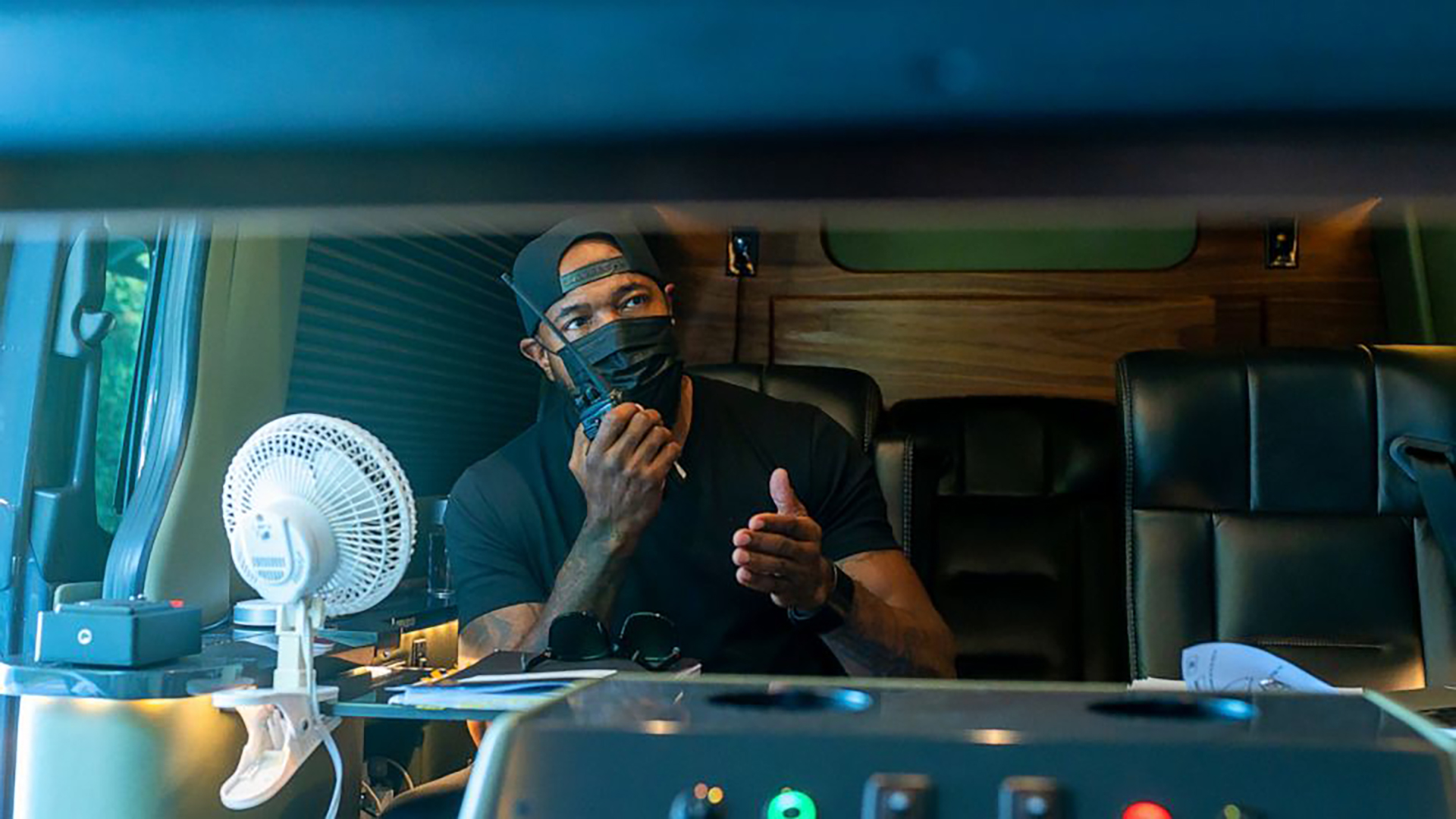 Director-producer Antoine Fuqua directing from a near-set van
Director-producer Antoine Fuqua directing from a near-set van


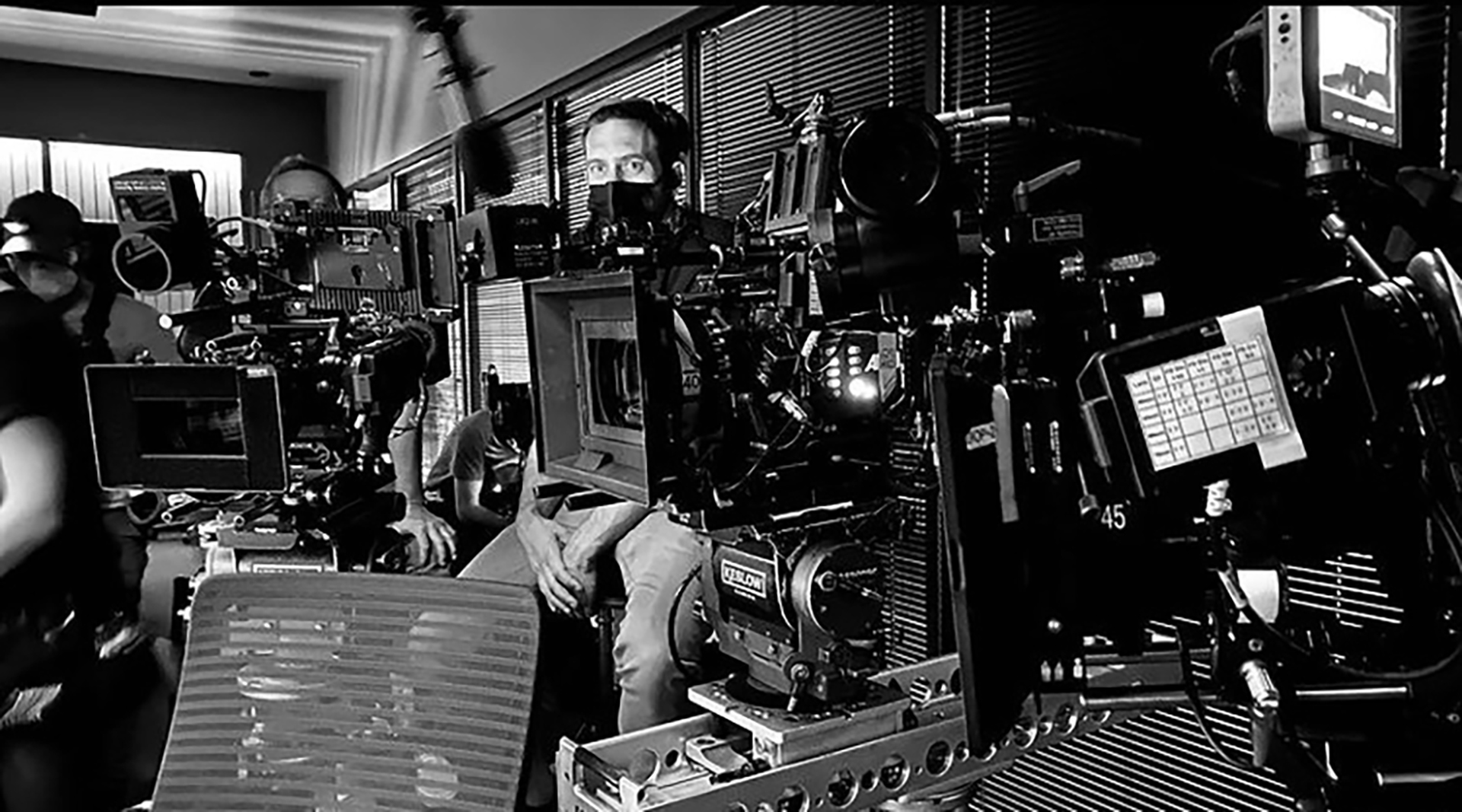
images: Vantage Film/Maz Makhani/Glen Wilson/© Netflix